Saturday night seemed to be the most favoured night weather-wise, but strangely, the cooler night before produced more moths and more species!
38 species were noted over the two nights, many common Autumnal species were present, as well as late Summer stragglers.
3 species worth mentioning were, Dewick's Plusia, Cypress Pug and Large Wainscot.
Dewick's Plusia is a recent migrant/suspected colonist (Although no larvae have been found yet in Hertfordshire) with numbers increasing year after year. It is thought that the larvae feed from low growing herbaceous plants and Common Nettles, of which there is an abundance almost anywhere in the United Kingdom.
Cypress Pug never use to be a common moth, but seems to be spreading around fairly nicely. Hemel Hempstead seems to have a healthy population.
The Large Wainscot is no doubt breeding amongst the Phragmites on the reserve as we have found it in low density in years past.
All in all, a nice selection of moths to observe and record.
Here is the full list
Catch Report - 20th/21st/09/19 - Gadesprings Watercress Beds - Hertfordshire - 1x 125w MV Robinson Trap, 1x Twin 15w Actinic/Synergetic Combo, 1x 40w Actinic + 30w Compact Fluorescent Briefcase trap & 1x 160w Mercury Blended Robinson Trap - 4 traps in total
Macro Moths
Angle Shades 1
Black Rustic 3
Brindled Green 3
Brimstone Moth 2
Broad-bordered Yellow Underwing 5
Burnished Brass 3
Common Marbled Carpet 1
Common Wainscot 5
Copper Underwing 1
Cypress Pug 1
Deep-brown Dart 8
Dewick's Plusia 1
Flame Shoulder 1
Large Wainscot 1
Large Yellow Underwing 25
Lesser Yellow Underwing 10
Light Emerald 2
Lunar Underwing 5
Rosy Rustic 3
Ruby Tiger 2
Sallow 6
Setaceous Hebrew Character 15
Shuttle-shaped Dart 4
Snout 5
Square-spot Rustic
Turnip Moth 2
Vine's Rustic 10
Willow Beauty 1
White Point 5
Micro Moths
Agriphila tristella 2
Blastobasis adustella 2
Cameraria ohridella 3
Celypha lacunana 5
Epiphyas postvittana 2
Emmelina monodactlya 1
Eudonia pallida 2
Pleuroptyra ruralis 1
Plutella xylostella 8
 |
| Black Rustic |
 |
| Brindled Green |
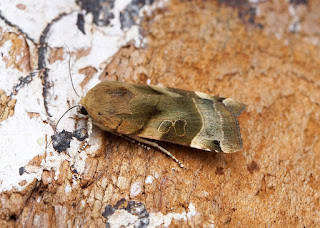 |
| Broad-bordered Yellow Underwing |
 |
| Burnished Brass |
 |
| Cypress Pug |
 |
| Dewick's Plusia |
 |
| Large Wainscot |
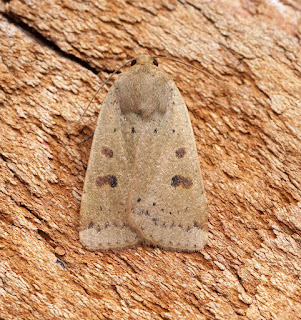 |
| Lessser Yellow Underwing |

 Musotima nitidalis
Musotima nitidalis L-album Wainscot
L-album Wainscot Feathered Ranunculus
Feathered Ranunculus Agonopterix nervosa
Agonopterix nervosa Blossom Underwing
Blossom Underwing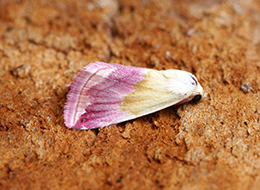 Beautiful Marbled
Beautiful Marbled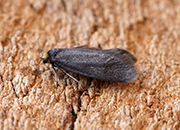 Lampronia fuscatella
Lampronia fuscatella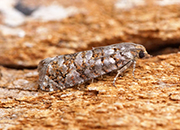 Gravitarmata margarotana
Gravitarmata margarotana Perittia obscurepunctella
Perittia obscurepunctella Black-spotted Chestnut
Black-spotted Chestnut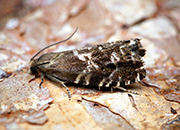 Cydia pactolana
Cydia pactolana













.JPG)

































